To foster soft skills among students and to nurture creativity among lecturers in diversifying teaching and learning strategies in classrooms, Academia New Learning Innovation (NALI) was introduced in UTM. It is a framework comprising student-centred and blended learning philosophy, multiple learning modes and materials towards achieving entrepreneurial academia. The concept of blended learning is emphasized in this model. Blended learning is a combination of active and systematic strategy with the use of digital teaching materials in class. This encourages better and more meaningful learning experience. NALI is in line with the National Higher Education Strategic Plan (PSPTN). The plan has now reached Phase 2 (2011-2015 – Enhancement and Empowerment). At this phase, focus is given on improving the quality of teaching and learning with the implementation of student-centered teaching methods.
According to the model as shown in Figure 2 there are 2 modes namely Learning Mode (Pedagogy/Andragogy) and Learning Materials (Digital Resources). The following tables shows the innovations included in both modes.
Learning Mode (Pedagogy/Andragogy)
• Outcome Based Education
• Scholarship of Teaching & Learning (SoTL)
• CDIO Practices
• Case Study Teaching
• Service/Community Based Learning
• Problem/Project Based Learning
• Scenario Based Learning
• Peer Instruction
• Entrepreneurial Skills/Job Creation
Learning Materials (Digital Resources)
• UTM Open Courseware
• UTM MOOC
• UTM-MIT BLOSSOMS
• Video of Exemplary Professionals
• Student to Student Edutainment
• UTM e-Learning
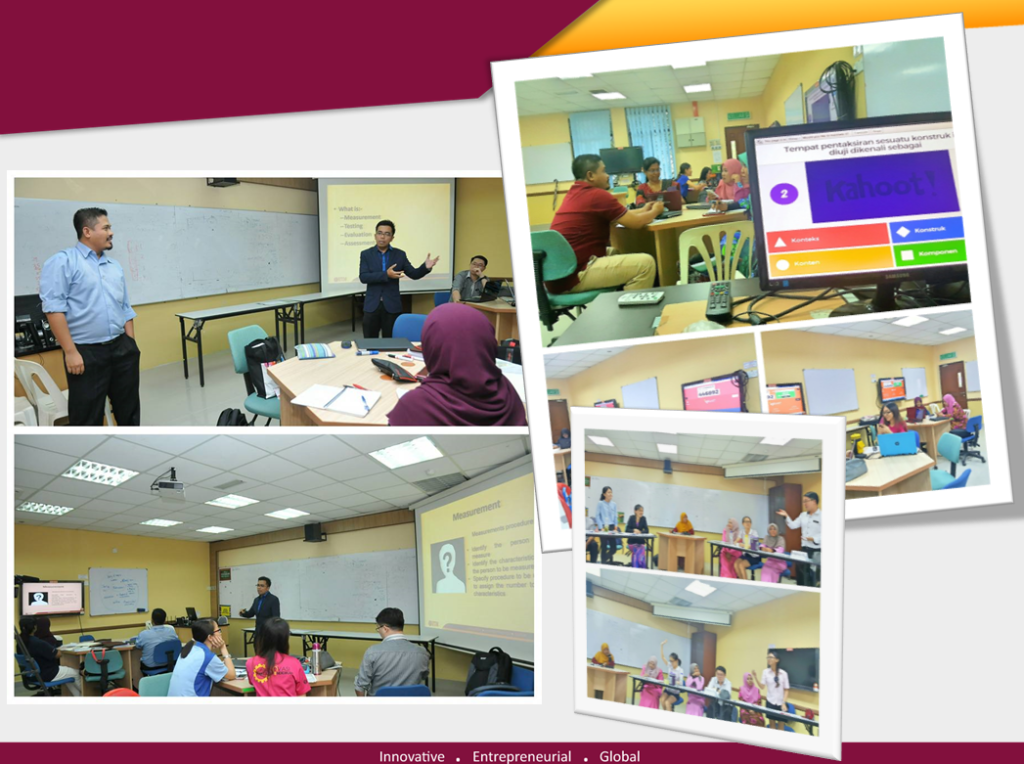
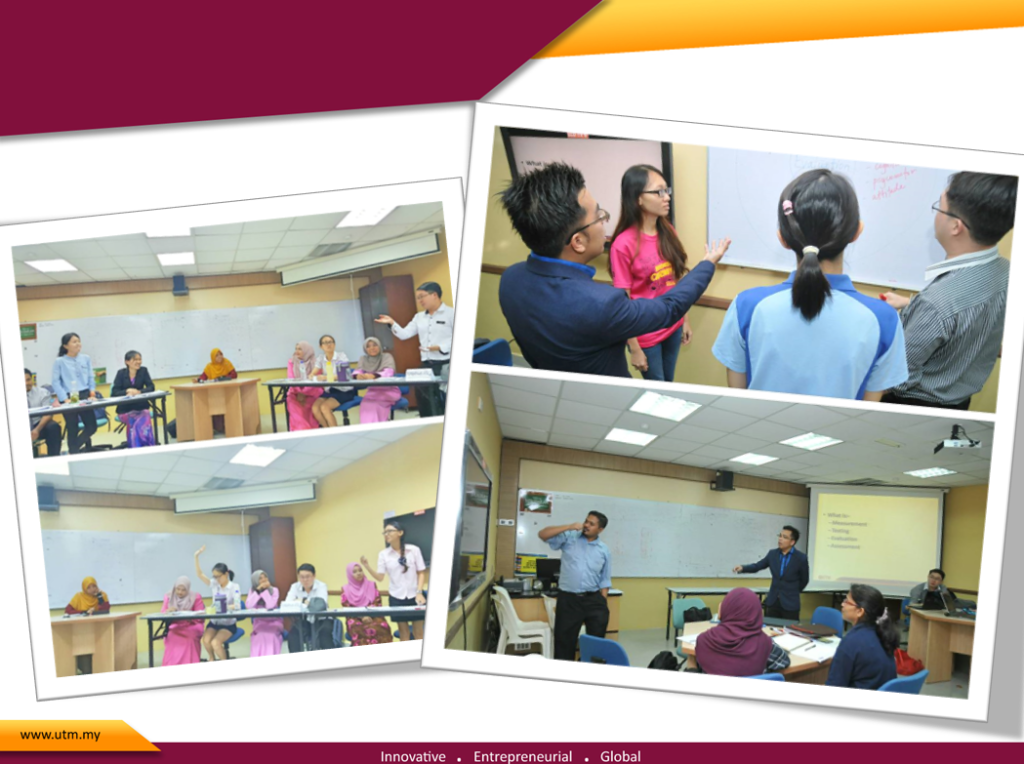
Scenarios in my class in a student-centered classroom (SCL)
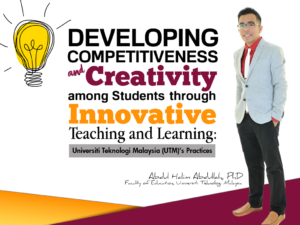
I was invited as a speaker on developing competitiveness and creativity among students through innovative teaching and learning

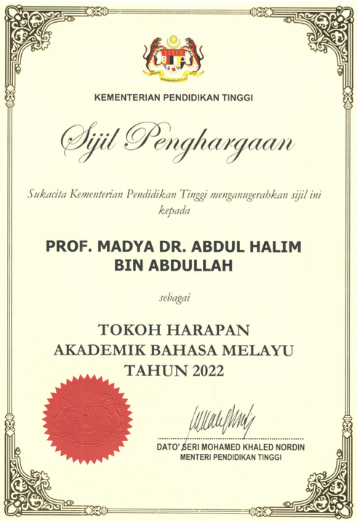
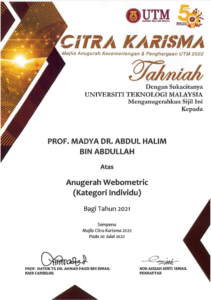
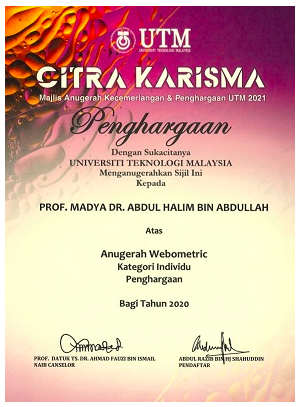


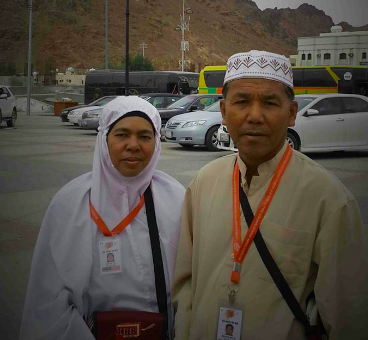



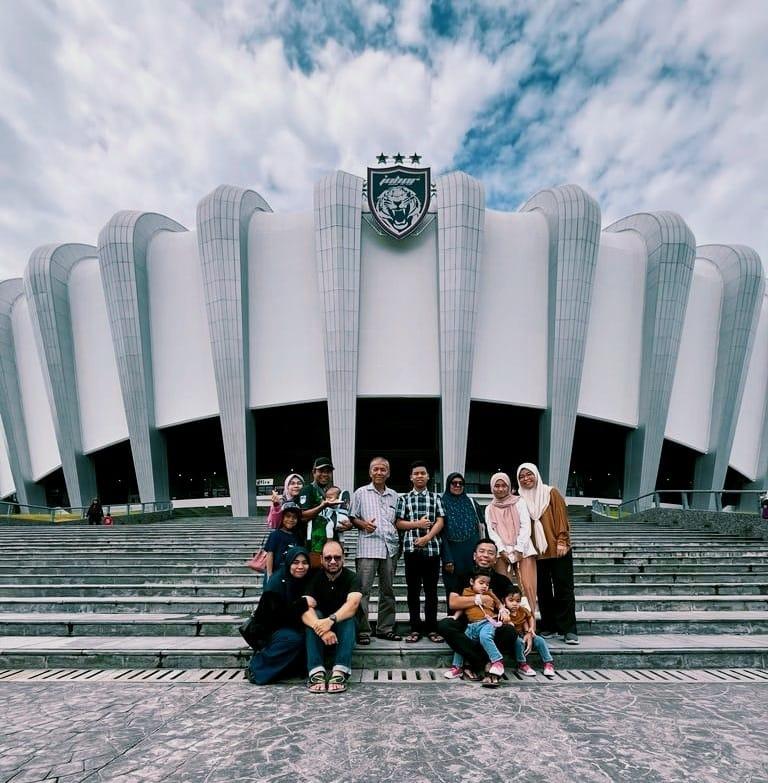
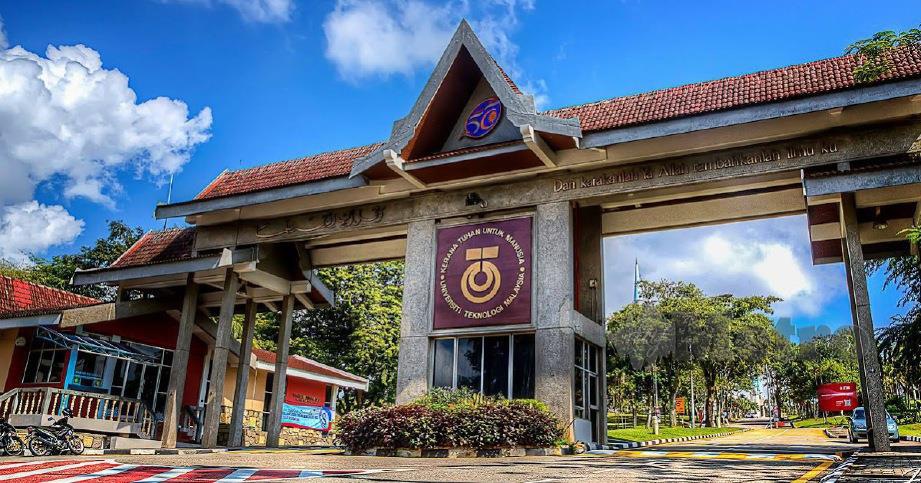


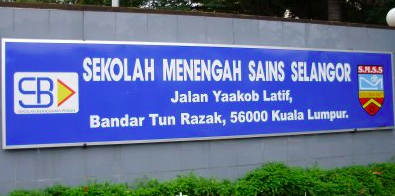
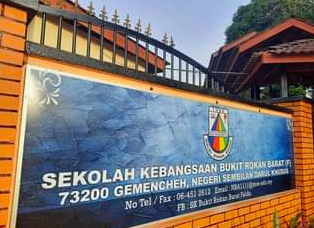
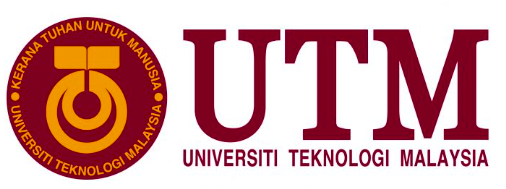




Speak Your Mind